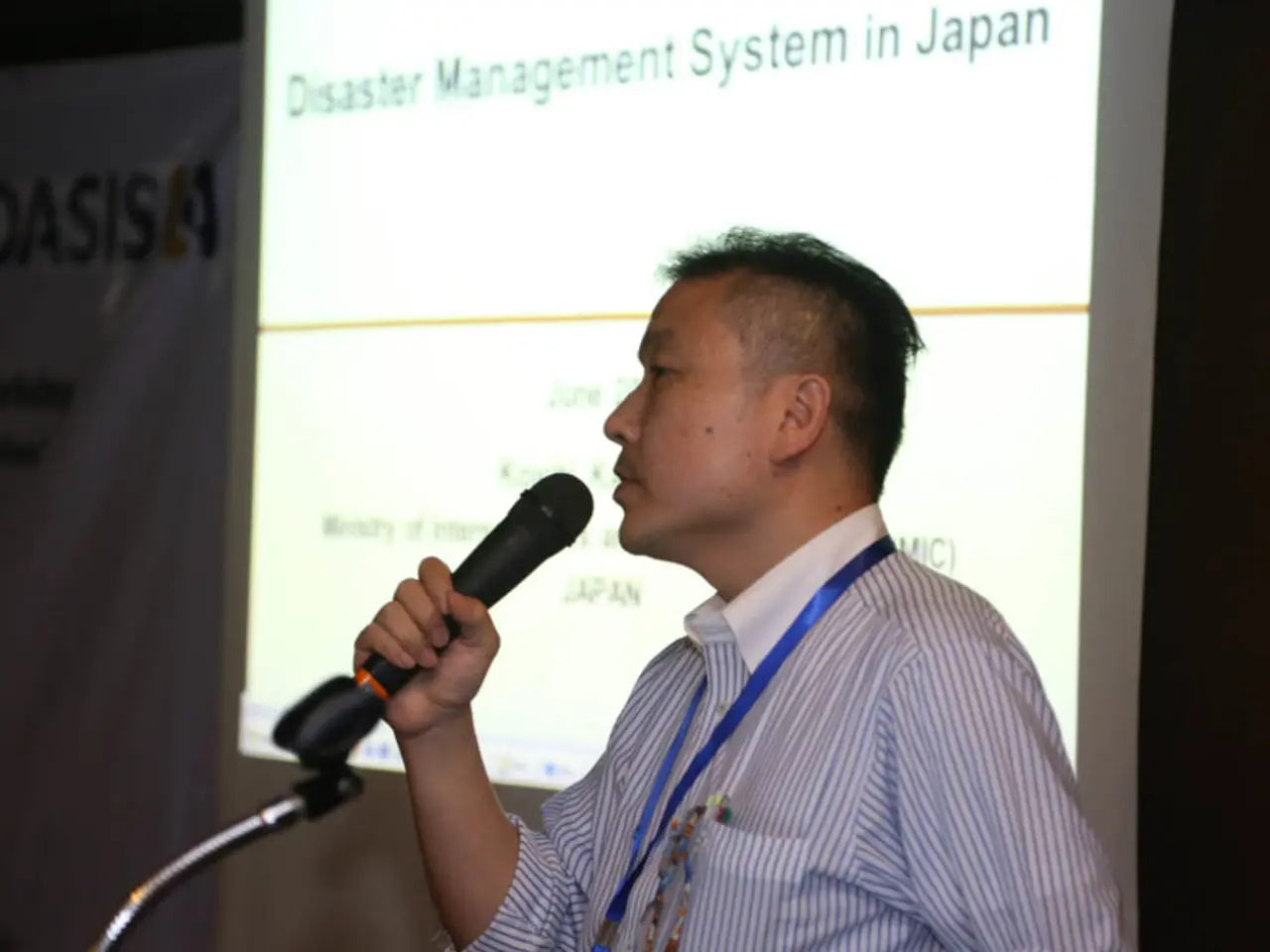Readiness for Emergencies in Medical Settings: Insights Gleaned from Practical Experience
In the face of emergencies, healthcare facilities in rural areas play a crucial role as central hubs for community response. A culture of preparedness, going beyond one-time emergency drills, is essential, as highlighted by healthcare leader Lena Esmail. This mindset expects the unexpected, ensuring that rural clinics are ready to respond with clarity, compassion, and coordination.
The lessons from past crises continue to guide the evolution of emergency preparedness. Staff at all levels need clear protocols, regular training, and the confidence to act quickly and effectively under pressure. Every disaster is an opportunity to improve emergency preparedness in healthcare, as Esmail emphasises the need for mental health support, especially during high-stress periods.
Preparing for emergencies requires foresight, training, collaboration, and communication. Developing comprehensive disaster management plans tailored to rural hospital needs is key. These plans should include staffing models for disaster scenarios, protocols for redeployment, and surge discharge processes to manage patient flow during emergencies.
Compliance with national emergency preparedness regulations is also essential. The CMS Emergency Preparedness Rule mandates healthcare providers to have emergency operations plans coordinated with federal, state, tribal, regional, and local systems to ensure readiness for both natural and man-made disasters.
Building capacity through collaboration and coordination with local and regional emergency preparedness systems, public health departments, and community organizations is another important strategy. This collaboration allows for the sharing of resources, training, and information for effective response.
Regular training and exercises are also crucial to prepare staff for emergency roles and to test emergency plans. This ensures that rural healthcare workers can quickly adapt to the dynamic demands of disasters.
Addressing the special needs of vulnerable populations commonly found in rural areas, such as the elderly, disabled, and individuals with chronic illnesses, is also important. Incorporating these considerations into preparedness plans ensures that everyone receives the care they need during emergencies.
Establishing and maintaining communication systems for timely alerts and information dissemination to staff, patients, and the community is also vital. This helps to keep everyone informed about threats and coordinate responses effectively.
Maintaining an emergency stockpile of Personal Protective Equipment (PPE), testing kits, and oxygen is crucial for healthcare facilities, especially rural clinics. Supply chain resilience is also as important as clinical readiness, requiring regular inventory assessments and identification of backup suppliers.
Lastly, proper planning, strong partnerships, and a commitment to adaptability are key to ensuring that healthcare systems in rural regions can respond effectively to disasters. Building relationships of trust with local healthcare providers and community leaders before a disaster can significantly improve outcomes in a crisis.
In summary, rural healthcare systems improve disaster preparedness by creating adaptable, well-practiced emergency plans tailored to their unique constraints, complying with federal standards, engaging in active coordination with broader emergency networks, and addressing population-specific needs.
- Technology can play a significant role in enhancing patient care during emergencies, particularly in rural areas, by facilitating communication and information dissemination among healthcare providers.
- The science and health-and-wellness sectors have much to contribute to the improvement of mental-health support within rural healthcare facilities, especially during high-stress periods such as emergencies.
- Financial resources, when allocated effectively, can support the development of comprehensive disaster management plans for rural hospitals, ensuring they are ready to respond to emergencies.
- Collaboration with local and regional emergency preparedness systems, public health departments, and community organizations extends beyond just resource sharing; it also enables the exchange of knowledge, expertise, and best practices for effective response to emergencies.




